Alexander Ponomarchuk
End-to-end SYNTAX score prediction: benchmark and methods
Jul 29, 2024
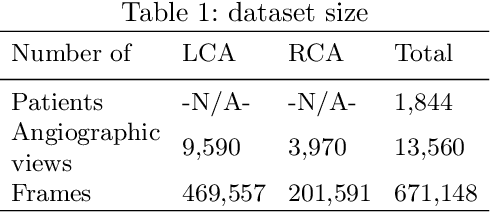


Abstract:The SYNTAX score has become a widely used measure of coronary disease severity , crucial in selecting the optimal mode of revascularization. This paper introduces a new medical regression and classification problem - automatically estimating SYNTAX score from coronary angiography. Our study presents a comprehensive dataset of 1,844 patients, featuring a balanced distribution of individuals with zero and non-zero scores. This dataset includes a first-of-its-kind, complete coronary angiography samples captured through a multi-view X-ray video, allowing one to observe coronary arteries from multiple perspectives. Furthermore, we present a novel, fully automatic end-to-end method for estimating the SYNTAX. For such a difficult task, we have achieved a solid coefficient of determination R2 of 0.51 in score predictions.
Project Achoo: A Practical Model and Application for COVID-19 Detection from Recordings of Breath, Voice, and Cough
Jul 12, 2021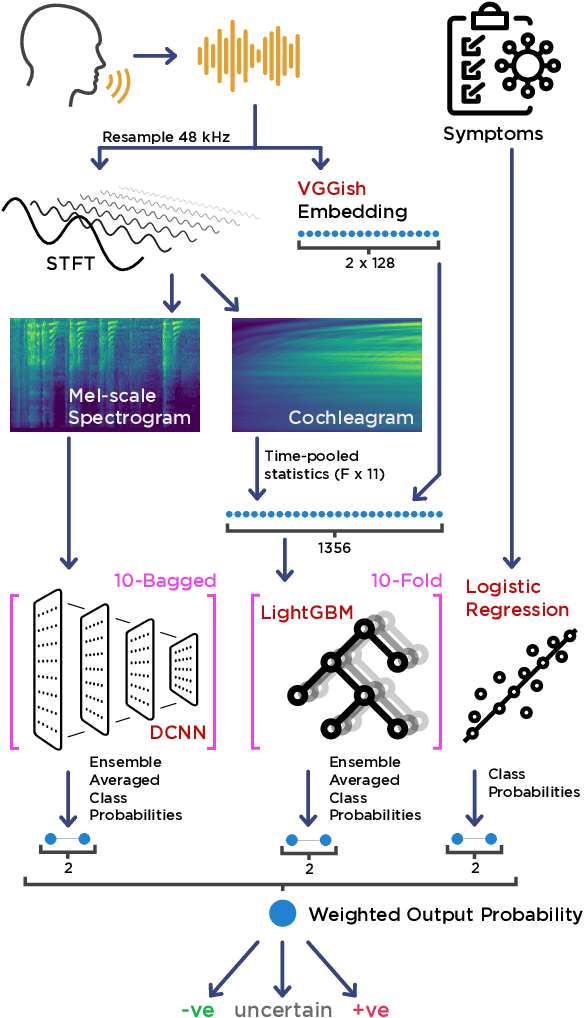
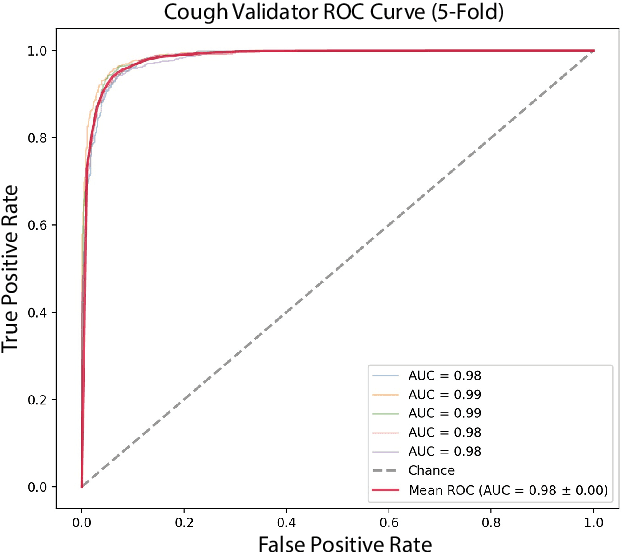
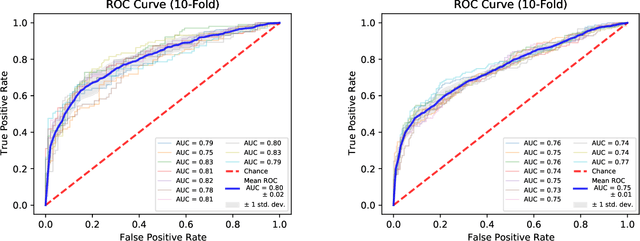
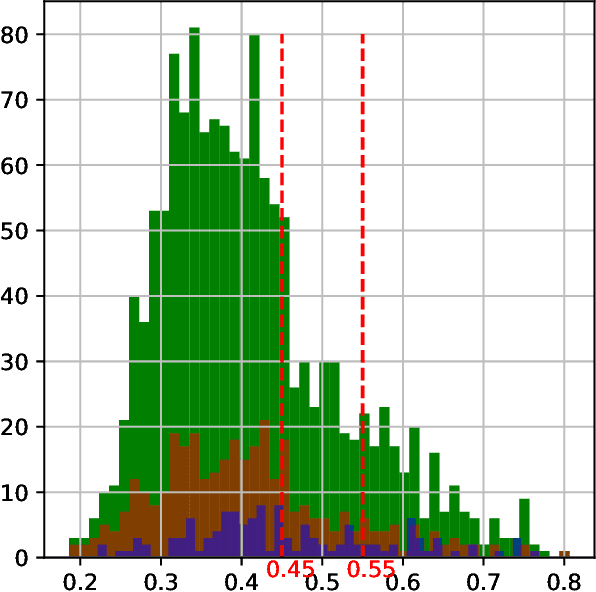
Abstract:The COVID-19 pandemic created a significant interest and demand for infection detection and monitoring solutions. In this paper we propose a machine learning method to quickly triage COVID-19 using recordings made on consumer devices. The approach combines signal processing methods with fine-tuned deep learning networks and provides methods for signal denoising, cough detection and classification. We have also developed and deployed a mobile application that uses symptoms checker together with voice, breath and cough signals to detect COVID-19 infection. The application showed robust performance on both open sourced datasets and on the noisy data collected during beta testing by the end users.
CoRSAI: A System for Robust Interpretation of CT Scans of COVID-19 Patients Using Deep Learning
May 25, 2021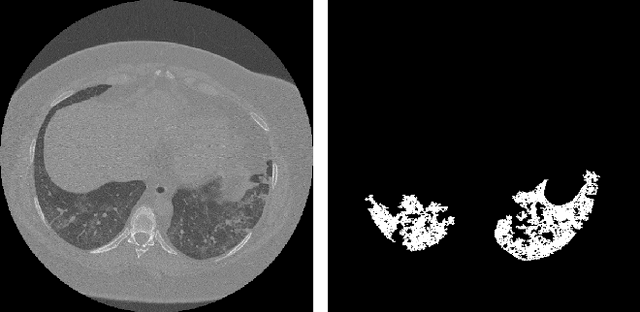

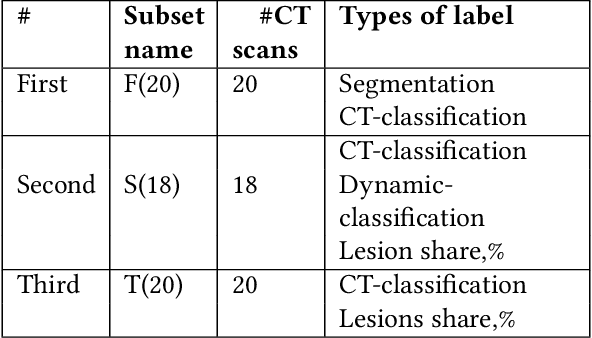

Abstract:Analysis of chest CT scans can be used in detecting parts of lungs that are affected by infectious diseases such as COVID-19.Determining the volume of lungs affected by lesions is essential for formulating treatment recommendations and prioritizingpatients by severity of the disease. In this paper we adopted an approach based on using an ensemble of deep convolutionalneural networks for segmentation of slices of lung CT scans. Using our models we are able to segment the lesions, evaluatepatients dynamics, estimate relative volume of lungs affected by lesions and evaluate the lung damage stage. Our modelswere trained on data from different medical centers. We compared predictions of our models with those of six experiencedradiologists and our segmentation model outperformed most of them. On the task of classification of disease severity, ourmodel outperformed all the radiologists.
 Add to Chrome
Add to Chrome Add to Firefox
Add to Firefox Add to Edge
Add to Edge